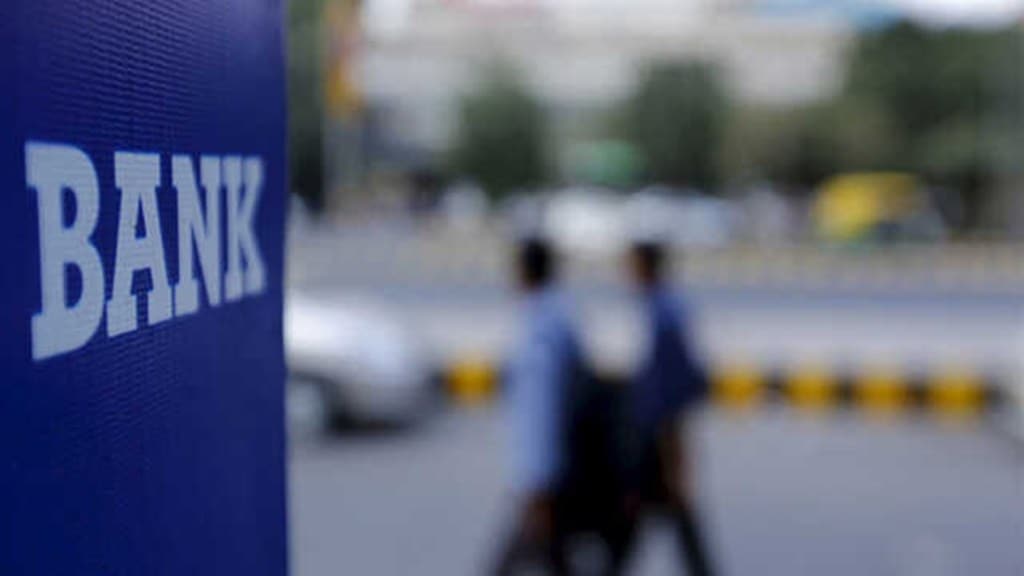With the government slashing goods and services tax rate across 396 items on Wednesday, banks and non-bank financial companies expect the move to boost credit demand as consumers would have more disposable income at their hands.
“Household goods earlier taxed at 12% and 18% will fall under the 5% category, which will provide tangible relief in form of lower cost on essentials and higher disposable incomes. With greater spending power, demand and credit expansion will rise, driving economic growth,” C. S. Setty, Chairman of State Bank of India and IBA.
Agreed Ashok Chandra, Managing Director and Chief Executive Officer of Punjab National Bank, “The banking sector stands to benefit substantially from this reform, with expected increases in demand for credit and financial services, particularly in the retail, agriculture, MSME and renewable energy sectors.”
Banking sector to benefit from revival
Other bankers also believe that the banking sector, which has been struggling with low credit offtake, should see things improve, especially since the relief has come during the festival season.
Despite a 100-basis point repo rate cut, credit growth fell to a three-year low of 8.9% in May, according to the RBI data. Though it has improved to 10.03% as on August 22, it is still low compared to 13.6% growth a year ago.
Boost to consumer and auto lending
Umesh Revankar, Executive Vice Chairman of Shriram Finance said that with the lower tax slabs in place, many consumers who had delayed buying new vehicles are expected to finally make their purchases — a move that will directly boost the demand for auto financing. At the same time, better compliance measures and a rise in consumption are set to open new opportunities, especially for small and medium enterprises, he added. Under the new GST structure, small cars and motor vehicles will be taxed at 18% from 28% earlier.
“As the monsoon stabilises by September, we also expect a lift in commercial vehicle financing, further fueled by India’s push for large-scale infrastructure investments in the months ahead,” Revankar said.
Jinay Gala, director at India Ratings & Research, said that the tax tweak could support consumer lending going ahead in the financial year along with the benefit of income tax cut.
“There could be good demand largely from metros areas than the rural areas, which would be met by banks. We also have to look into the fact that there has been an over leveraging on ground. In rural areas, we still see the concern of over leveraging. Therefore, we do not see immediate growth in consumer lending in those areas,” he said.
Some industry insiders said that low prices would likely lead to higher spending on fast-moving consumer goods, durables, and electronics. On the other hand, some families may choose to use some of their savings to build stronger financial buffers.

